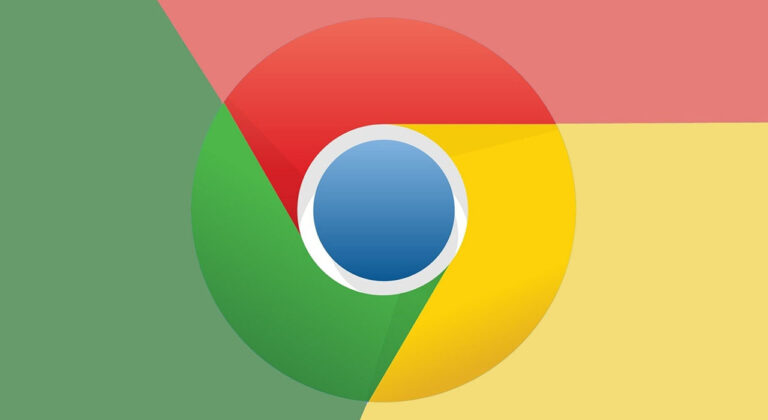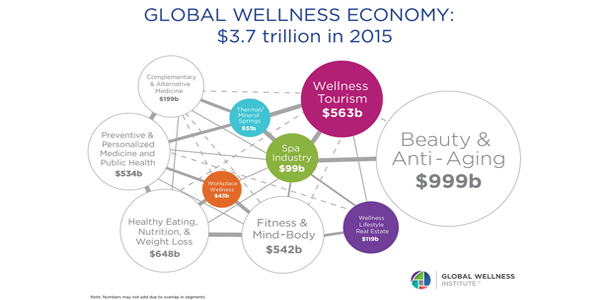
If you are like most ecommerce site owners, you probably cringe when you imagine receiving a call, email, social media post or other communication from an angry, frustrated and disillusioned customer of yours.
At an individual level, humans are hardwired to shun confrontation and conflict. So quiet customer service phone lines and empty customer service inboxes are often viewed with a feeling of satisfaction. Unfortunately, while angry customers are not a desirable outcome, you’d rather have an outspoken customer than one who quietly walks away. The latter leaves you with numerous questions trying to figure out what it is you did wrong. Silent disappointed customers have caused the demise of countless businesses.
If there’s one place ecommerce businesses silently bleed customers, it’s at the checkout stage. A review of various studies points to an average abandonment rate of about 70%. And it’s expensive.
By the time a current or prospective customer gets to the checkout page, they have decided to buy the product. So each time a customer fails to follow-through on their intent so late in the process, you’ve lost a valuable, near certain sale. Also, consider the amount of time, money and effort you’ve put in to get the customer to this point. All that investment goes down the drain if your customers are silently falling on the wayside at the checkout stage.
Here’s 5 reasons customers drop off at checkout and how to fix it.
1. Mobile-Unfriendly Checkout
Responsive ecommerce web design has caught on and it’s increasingly difficult to find a website whose pages haven’t been streamlined for mobile navigability. However, it’s one thing for your general pages to be responsive and entirely another to ensure the same for your checkout window.
In 2018, a staggering 1.4 billion smartphones were shipped globally thereby dwarfing the 260 million computers that shipped the same year. There’s no denying the world is going decisively mobile. Your checkout has to do the same.
You can make your stores checkout more compatible with mobile devices by ensuring legible font size, well-sized product images, large and well-positioned navigation buttons, well-formatted pages, fewer forms or fields to fill out, and clear shipping information.
2. Absence of a Progress Indicator
Your customer has finite time in their hands to search for, evaluate, select and eventually purchase your product. Once they get to the checkout stage, they expect that the process is almost complete. Frustration can quickly set in if your customer believes the checkout process is taking longer than it should. This is especially likely to be a problem if checkout means going through multiple forms or screens before they can complete the purchase.
Reducing the number of checkout forms or screens to just one is ideal but that isn’t always possible. A more practical solution would be to include a progress bar that scrolls (or shows the count of what step you are currently on) as the customer moves from one screen to the next. By demonstrating a clear path to transaction completion, your customer is less likely to abandon the cart.






